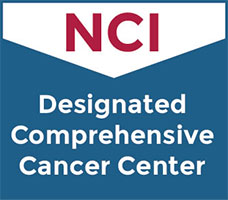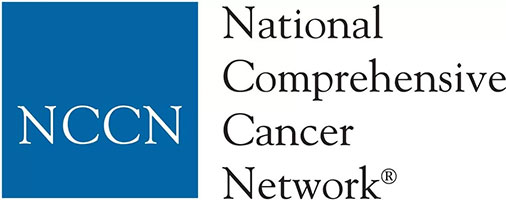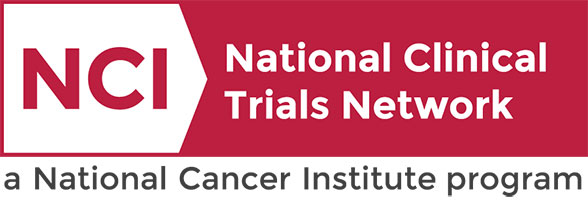New dean of Basic Sciences aims to take Vanderbilt to the next level in biomedical research, drug discovery
Whether working on dynamic discoveries in the lab, connecting with students and faculty or pursuing his passion for nature photography, acclaimed biomedical researcher John Kuriyan is inspired by his recent move to join Vanderbilt as the new dean of the School of Medicine Basic Sciences and Distinguished University Professor.
https://news.vanderbilt.edu/2023/04/03/new-dean-of-basic-sciences-aims-to-take-vanderbilt-to-the-next-level-in-biomedical-research-drug-discovery/

Amy Wolf
Locked


